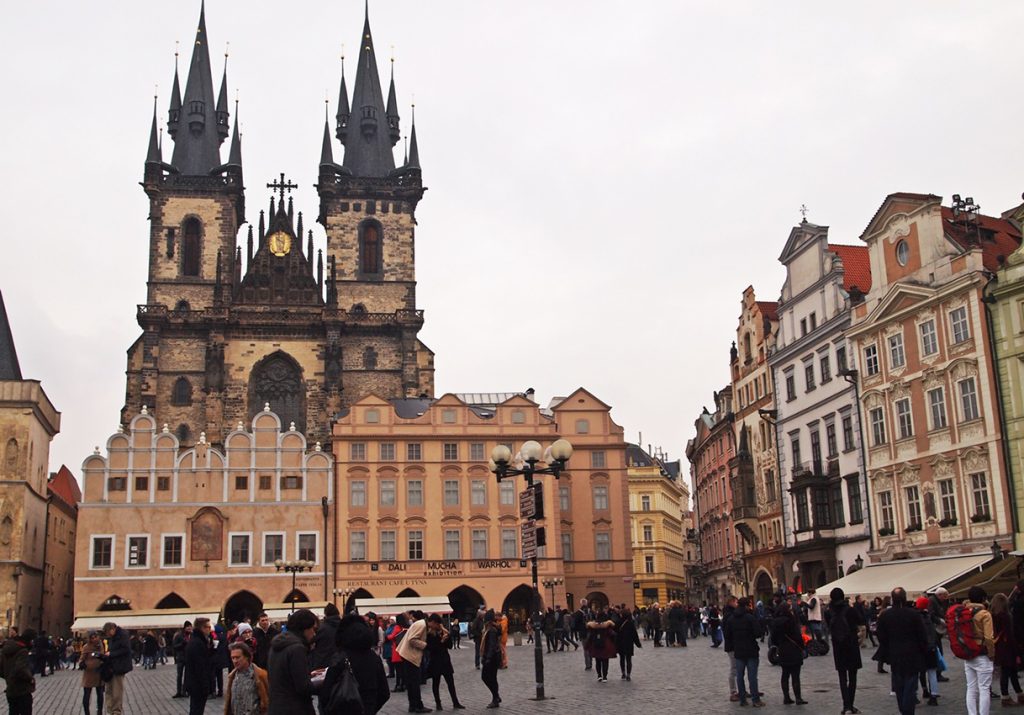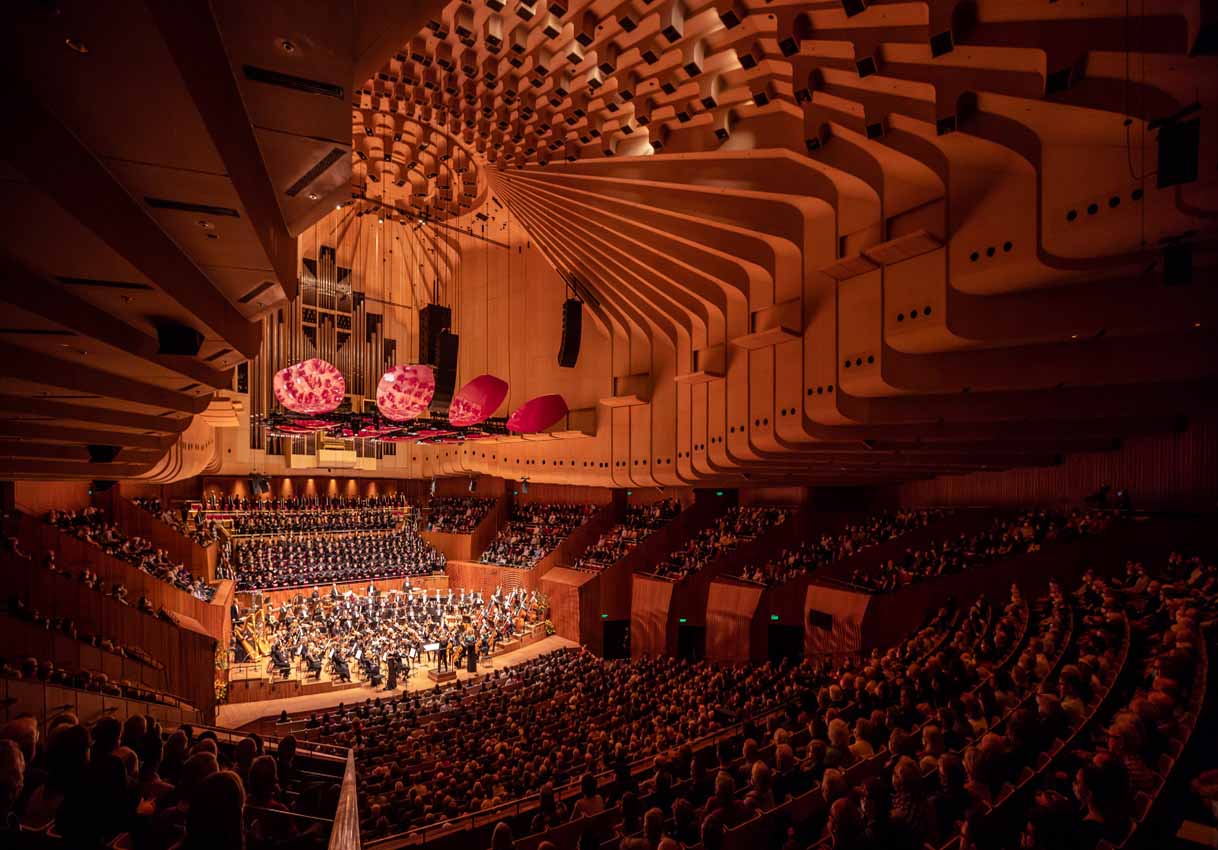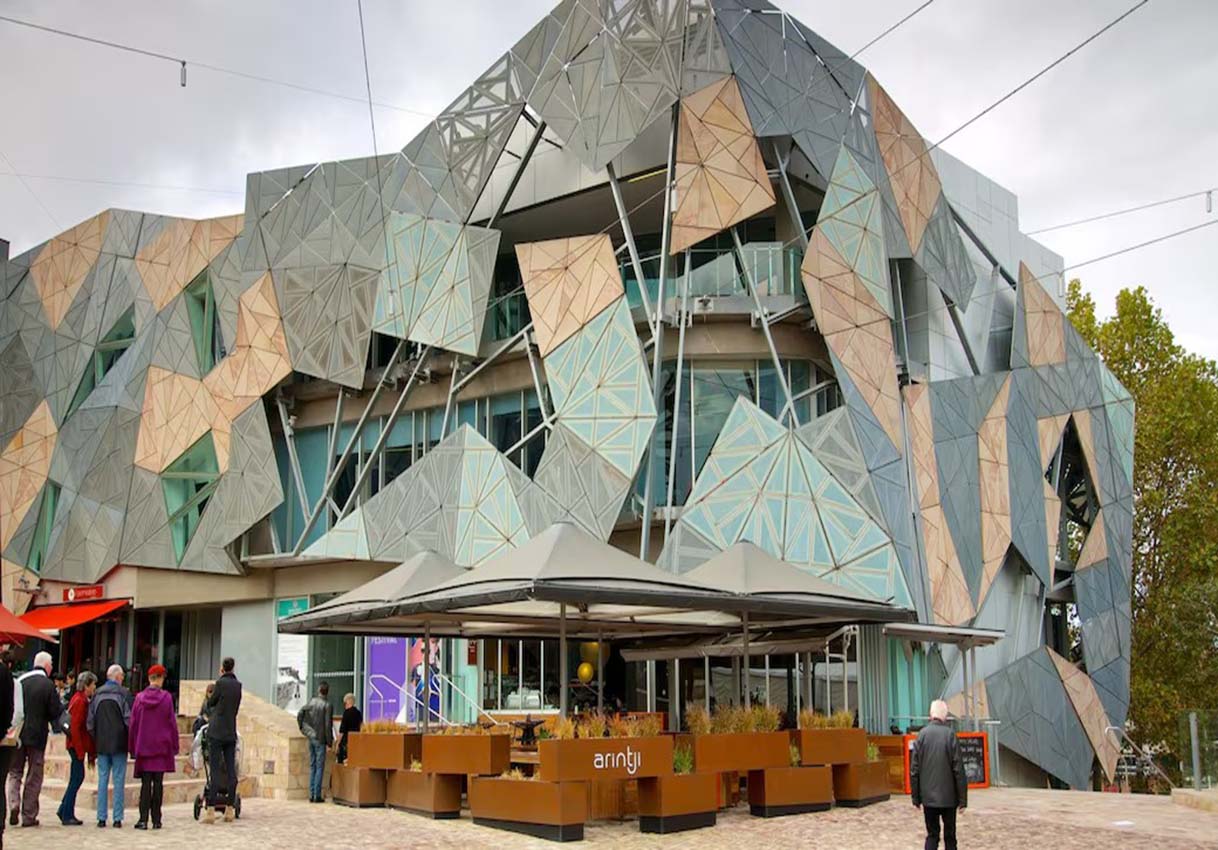In my travels across the globe, I’ve walked the bustling streets of countless cities, each with its unique charm and character. But amongst them all, it’s Prague that has truly etched its magic into my heart. This city, with its historical depth and an architectural tapestry that seems to narrate tales from centuries past, has captivated me like no other. Allow me to guide you through my journey in this mesmerizing “City of a Hundred Spires.” From the moment I set foot on Prague’s cobblestone streets, I was whisked into a world that gracefully straddles the past and the present. Walking amidst a myriad of architectural styles, from the imposing Gothic structures to the whimsical buildings embodying Cubism, I felt as though I was strolling through an open-air museum. Everywhere I turned, there was a piece of history beckoning me, whispering tales of a bygone era.
Things to See and Do
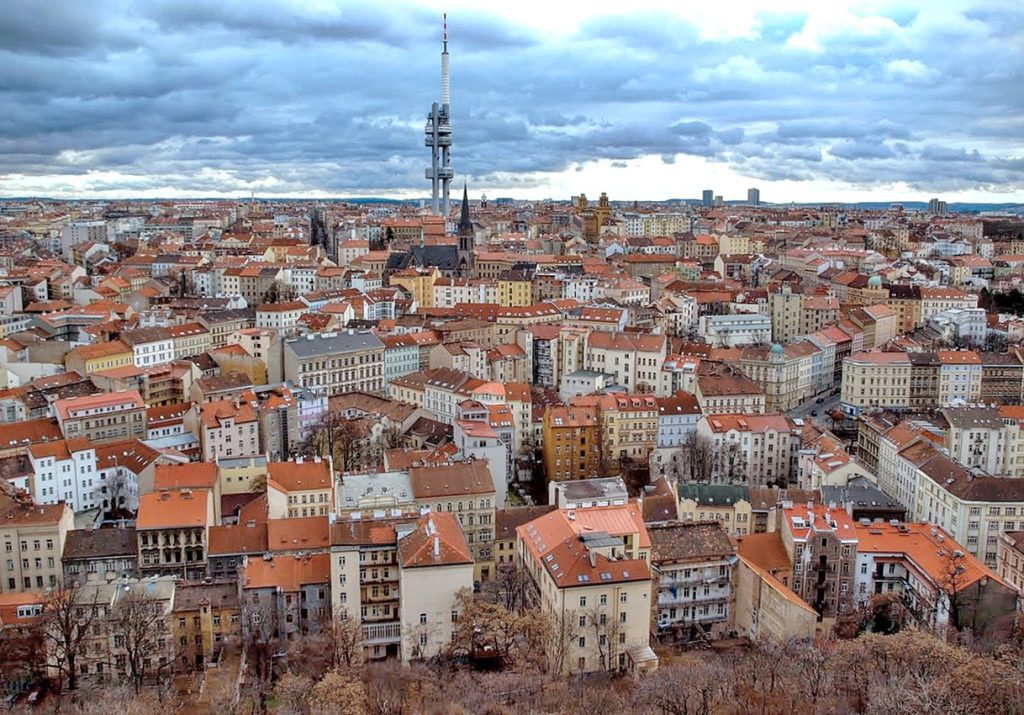
At the top of your list should be the grand Prague Castle. Spread majestically across a hill overlooking the city, it is more than just a castle. It is a sprawling complex of historical monuments, including palaces, courtyards, and the stunning St. Vitus Cathedral. It is there, amidst the towering spires of the cathedral, that I felt the grandeur of the city come to life. Don’t forget to time your visit to witness the captivating Changing of the Guard ceremony, a tradition that harks back to the days of old. From the castle, let the cobblestone path lead you down to the Charles Bridge, a historic stone bridge that is as much a part of the city’s identity as the castle itself. Strolling along the bridge, past the 30 statues that stand sentinel, was like walking through a storybook. With artists sketching, musicians playing soulful tunes, and the Vltava River gently flowing below, the bridge was more than just a scenic pathway—it was an experience. Continue your journey to the Old Town, the heart of Prague. Every alley, every square, every building seemed to hum with a melody of the past. And at its center is the Astronomical Clock, a marvel of medieval engineering that draws crowds for its hourly show. As I stood amidst the crowd, watching the clock’s spectacle, I couldn’t help but be enchanted by the blend of history, artistry, and technology. But Prague’s tale is not just told through its famous landmarks. Take a detour into the Jewish Quarter, once a walled ghetto, now a testament to the resilience and strength of Prague’s Jewish community. I was deeply moved by the haunting beauty of the Old Jewish Cemetery and the solemn silence within the synagogues. When you have time, I highly recommend exploring beyond the well-trodden tourist paths. Venture into Prague’s vibrant neighborhoods such as Žižkov and Vinohrady. Here, you’ll find a different Prague—one that is not caught in the lens of a camera but is lived day in and day out. Breathe in the aromas wafting from cozy cafés, browse through local shops, and engage in the spontaneous conversations that make travel truly enriching.
Typical Costs
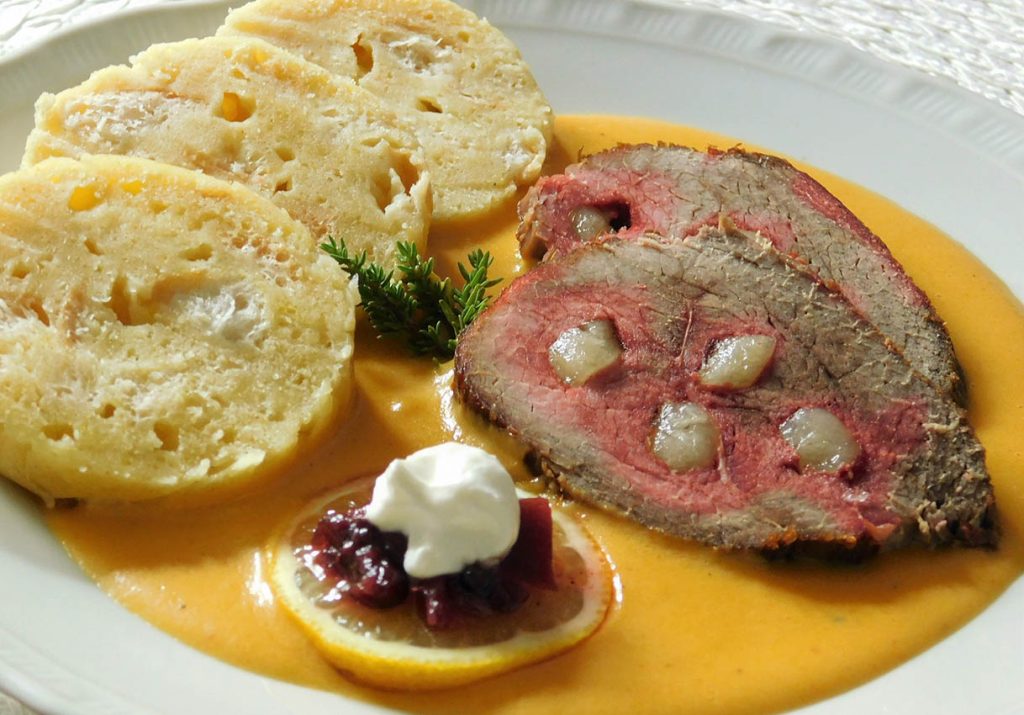
Dining in Prague is a treat to the palate without being a shock to the wallet. A good meal at a mid-range restaurant would typically set you back about $15-$20 per person. But let me tell you, the food in Prague is not just about sustenance; it’s about savouring the local flavours, like the traditional goulash or svíčková (marinated sirloin). Each dish seems to have a tale of its own, telling you a bit more about Czech culture and history. And let’s not forget the famous Czech beer, a national pride and an integral part of the Czech lifestyle. A pint of this golden brew ranges from $2 to $4, depending on whether you’re in a tourist hub or a local pub. I remember my first sip of a local Pilsner, in a traditional Prague pub, surrounded by friendly chatter. The taste, the ambiance, the experience, it was worth every penny. Public transportation is another area where you can save money. A ticket valid for 30 minutes costs around $1, while a day pass goes for about $4.50. Considering the efficiency and coverage of the transport system, I found this to be quite economical and convenient. As for attractions, many of Prague’s sights are free to admire from the outside. However, if you plan on exploring inside, entrance fees vary. For example, a circuit tour of the Prague Castle costs around $16, while a visit to the historic Old Jewish Cemetery is about $10.
Suggested Budget

If you’re a backpacker or budget traveler like I sometimes am, I found that an estimated daily budget of $50-$70 worked well in Prague. This includes staying in a budget hostel, savoring meals at local markets or economical restaurants, using public transportation, and enjoying many of the free or low-cost activities the city offers. You might be sharing a dorm room in a hostel, but the camaraderie of fellow travelers is a priceless experience! For those with a bit more to spend, a mid-range budget of $100 to $150 per day offers a comfortable exploration of Prague. This allows for a private room in a nice 3-star hotel or a charming bed-and-breakfast, meals at mid-range restaurants where you can taste a wider array of Czech cuisine, and the freedom to explore some of the city’s paid attractions. In this range, you could comfortably enjoy a tour of the interiors of the Prague Castle, visit the Jewish Museum, or even treat yourself to a river cruise. Remember that delicious Pilsner I mentioned? Well, in this budget, you could also enjoy a pint or two in a historic Czech beer house.
Money-Saving Tips
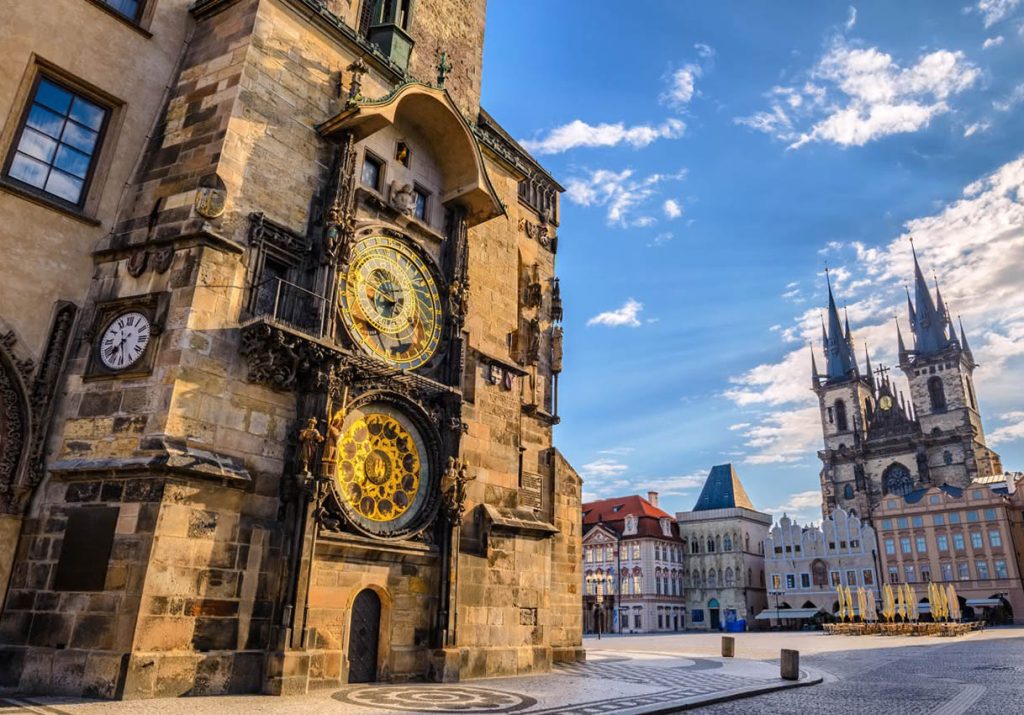
- Eat like a local: One of my favorite ways to save money while traveling is by eating where the locals eat. In Prague, step away from the high-priced tourist hotspots and seek out local bistros, known as ‘hospodas’. Not only will you find these establishments to be cheaper, but they also serve authentic Czech cuisine. I remember stumbling upon a small, family-run restaurant off the main streets where I enjoyed a hearty portion of svíčková that left both my palate and pocket happy.
- Free walking tours:Prague is a city best explored on foot, and free walking tours are a fantastic way to get acquainted with its history and architecture. These tours work on a tip-only basis, meaning you pay what you feel the tour was worth. During my tour, the enthusiastic guide made the city’s history come alive, enriching my understanding of Prague.
- Public transport: The city boasts an excellent public transport network that includes metros, trams, and buses. It’s a reliable and far cheaper alternative to taxis. A day pass offers unlimited travel and costs about $4.50, which is a bargain considering the efficiency and convenience it provides. Plus, nothing beats the thrill of deciphering a foreign city’s metro map!
- Take advantage of free sights: Prague is a city that delights even without spending a dime. The Charles Bridge, Old Town Square, and the exterior views of the Prague Castle are all free to admire. Also, remember to check if any of the museums or attractions have specific days or times when entry is free or discounted.
- Shop at local markets: Prague’s local markets are a treasure trove of affordable gifts and souvenirs. Plus, they’re a feast for the senses with colorful displays, the aroma of fresh food, and the hum of bartering voices.
Where to Stay

- For the Budget Traveler: Hostels are a fantastic option for those seeking to save money and meet fellow travelers. Sir Toby’s Hostel in the trendy Holesovice district comes highly recommended. With dorm beds starting as low as $10-$20 per night, it offers a warm, social atmosphere, complete with a brick cellar pub. Another favorite is Hostel One Home, located in the heart of the city. Known for its friendly staff and social events, it’s a perfect spot for solo travelers.
- Mid-range Options: If you prefer more privacy, guesthouses and budget hotels can be a comfortable, affordable choice. Unitas Hotel offers spacious rooms in a peaceful setting, all within walking distance of Charles Bridge and the Old Town. Prices typically range from $40 to $70 per night.
- Boutique & Luxury Hotels: If you’re looking to splurge a bit, boutique hotels add a touch of luxury and unique charm. The Emblem Hotel, located just off the Old Town Square, combines luxury with contemporary design. For a more classical luxury, consider the Aria Hotel Prague, with rooms dedicated to different genres of music.
- Vacation Rentals: Platforms like Airbnb offer a range of apartments, making it a popular choice for those who prefer a more home-like atmosphere. I once stayed in a beautifully renovated loft in Vinohrady, a neighborhood known for its vibrant dining scene and beautiful parks.
- Unique Stays: Want something truly unique? Try the Boat Hotel Matylda, a charming hotel housed in two boats on the Vltava River.
How to Get Around

Prague is a city that’s as convenient to navigate as it is beautiful. From the moment I stepped off the plane, I found the city’s public transportation system to be reliable, efficient, and comprehensive.
- Metro: The Prague Metro is a godsend for tourists. It consists of three lines (A, B, and C), covering almost the entire city. Not only is it a quick way to travel, but the stations themselves are immaculately clean and worth admiring. The metro operates from 5 a.m. to midnight.
- Trams: Trams in Prague are not just a means of transportation but also a delightful way to see the city. With 25 daytime routes and 9 nighttime routes, trams weave their way across the city, making them an excellent option to reach most tourist attractions. I particularly enjoyed a scenic ride on Tram 22, which passes many major sights, including Prague Castle.
- Buses: While most of Prague’s attractions are easily reachable by tram or metro, buses are helpful for getting to places off the beaten path or for late-night travel when the metro is closed.
- Transport Pass: To make travel more economical, consider getting a transport pass. I chose a 72-hour pass for approximately $14, which gave me unlimited travel across all modes of public transportation. It’s worth mentioning that tickets must be validated on the first journey.
- Walking: Of course, let’s not forget the joy of exploring Prague on foot. Many of the city’s key attractions are within walking distance of each other. Strolling through the cobblestone streets, I found charming details I would’ve missed had I only relied on public transport.
- Taxis & Ride-Shares: While public transport is the most economical, taxis or ride-sharing services like Uber are also available. These can be particularly useful if you’re carrying heavy luggage or need a direct ride to your destination. Just remember, fares can add up quickly.
When to Go

Choosing when to visit a city as multifaceted as Prague can greatly shape your experience. From blossoming springs to snow-laden winters, every season in Prague has its charm.
- Spring (April to June): The city begins to awaken from its winter slumber in these months. Trees start to bloom, terraces of cafes and restaurants come alive, and the weather is generally mild, with temperatures ranging from 50°F (10°C) to 75°F (24°C). I visited Prague in May and the city was a riot of color, with flower markets popping up, especially in the Old Town Square. Plus, with summer tourists yet to arrive, you can explore the city at a more leisurely pace.
- Fall (September to October): Similar to spring, the autumn months are a fantastic time to visit Prague. The city is painted in hues of orange and yellow, the weather is comfortable, and the summer crowds thin out. This is also a great time to enjoy some of Prague’s parks, like Letná and Petřín, which offer stunning views of the cityscape framed by fall foliage.
- Summer (July to August): Summer is undoubtedly the peak tourist season. The city buzzes with energy, the weather is warm (around 75°F/24°C), and all attractions are open with extended hours. However, be prepared for larger crowds and slightly higher prices. If you’re a fan of music and festivals, summer in Prague is unrivaled with numerous music and cultural festivals taking place.
- Winter (November to March): If you don’t mind the cold, winter in Prague is magical. With fewer tourists, the city takes on a peaceful ambiance. The Christmas markets in December, especially the one in the Old Town Square, are a festive treat. Sipping on hot mulled wine while exploring the markets is one of my fondest memories of Prague.
How to Stay Safe
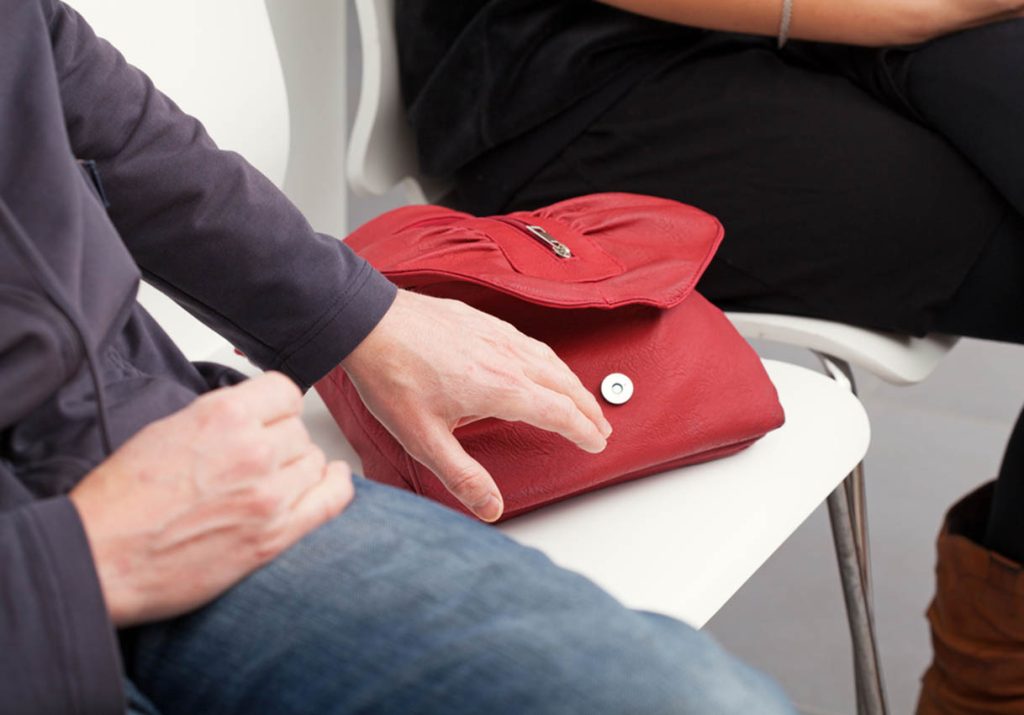
Prague is widely recognized as one of the safest cities in Europe, making it a popular destination for travelers of all ages. That said, like any city worldwide, it’s important to exercise common sense and stay aware of your surroundings to ensure a safe trip.
- Petty Theft: While violent crime is rare in Prague, petty theft like pickpocketing can occur, especially in crowded areas such as the Old Town, Charles Bridge, and on public transport. Be mindful of your belongings and keep valuables in a secure place.
- Travel in Groups at Night: While Prague is generally safe at night, it’s always a good idea to travel in groups. Stick to well-lit areas and avoid poorly lit, deserted streets.
- Beware of Scams: As in any city, be cautious of common scams targeting tourists. Be wary of strangers offering to exchange money or inviting you to unknown places for a drink. Always use licensed, reputable services for money exchange.
- Emergency Services: Know the numbers for emergency services. In Prague, 112 is the general emergency number.
- Health Precautions: Ensure that you have travel insurance that covers health issues. Keep a list of emergency medical services and be aware of where the nearest hospital is.
- Food and Water Safety: The tap water in Prague is safe to drink, and food hygiene standards are high. Nevertheless, it’s wise to carry a bottle of water during hot summer months and consume food from reputable eateries.
- Responsible Drinking: The Czech Republic is famous for its beer, and while it’s okay to enjoy a few pints, always drink responsibly. Public intoxication is frowned upon, and causing a nuisance can land you in trouble with local law enforcement.
Best Places to Book Your Trip

- Flights: I usually start with Skyscanner and Google Flights to compare prices from different airlines. These platforms aggregate prices from various sources, making it easier for me to snag the best deal. Another excellent tool is Momondo, which sometimes digs up cheaper fares. I recommend booking a few months in advance to get the best prices, but do keep an eye out for last-minute deals.
- Accommodation: For booking accommodations, Booking.com is a personal favorite. It has a user-friendly interface and offers a wide range of options, from luxury hotels to budget hostels. Airbnb is another excellent platform to explore, especially if you prefer staying in a homely setting. I’ve found some charming, locally-owned apartments in Prague’s Old Town and Vinohrady through Airbnb.
- Travel Insurance: Never underestimate the importance of travel insurance. I always make it a point to purchase a plan before my trips. I’ve found World Nomads and SafetyWing to be reliable. They cover a variety of situations – trip cancellation, medical emergencies, theft, and even baggage delay. Do read the fine print to understand the coverage and exceptions.
- Tours & Activities: For local tours and activities, I generally prefer GetYourGuide and Viator. They offer a variety of tours, like walking tours, food tours, or even day trips to nearby attractions, all led by knowledgeable local guides.
- Car Rentals: If you plan on driving around Prague or taking day trips to nearby towns, check Rentalcars.com for car rentals. It aggregates information from various car rental services, allowing you to choose the best option.
- Train Tickets: If your travel plans include taking a train to/from Prague, I recommend booking tickets through the official Czech Railways website. You can also check Trainline, a trustworthy platform that sells train tickets for most European countries.
Prague is a city that beckons you to explore its past while fully embracing the present. With its unique blend of history, culture, and breathtaking architecture, this city promises an unforgettable travel experience.
